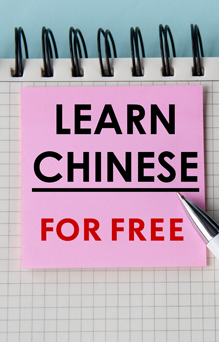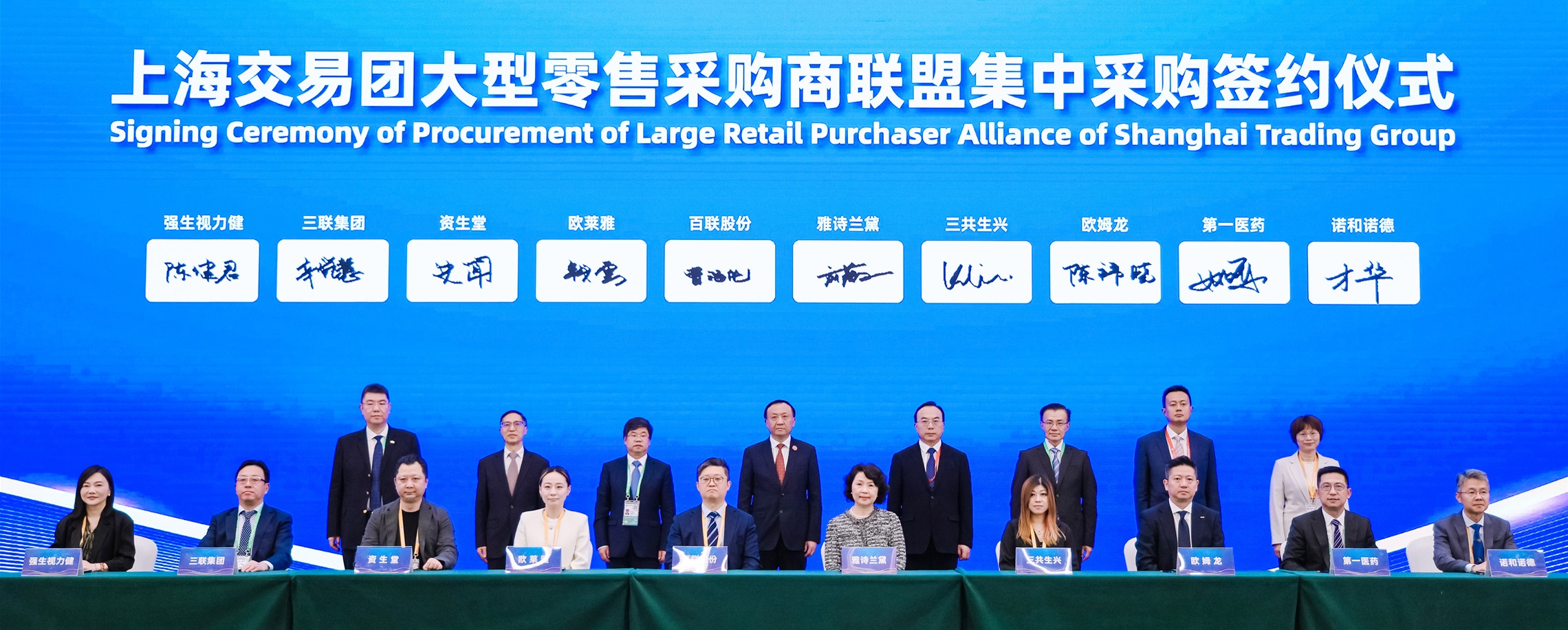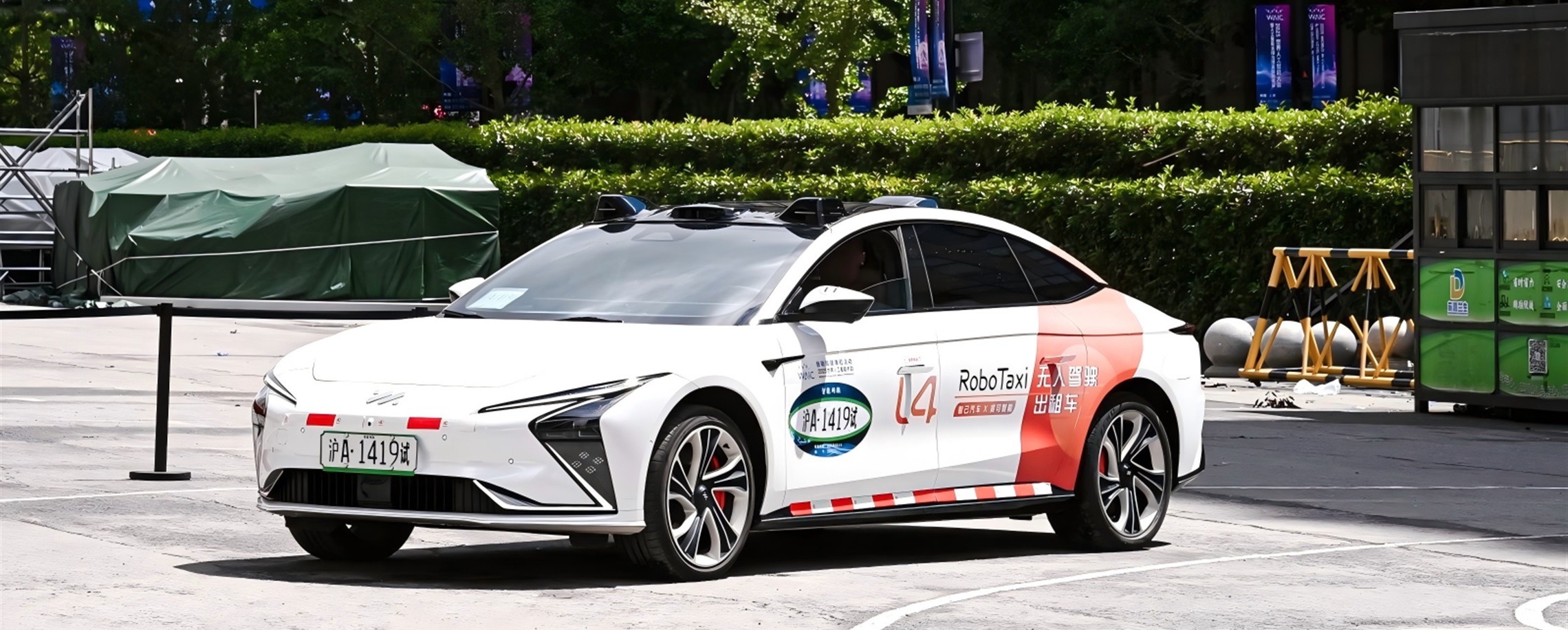The Future of Healthcare on Display at CIIE
From weight-loss injections to spine robots and next-generation imaging systems capable of seeing a rice-sized tumor, the medical and pharmaceutical halls at this year's China International Import Expo (CIIE) in Shanghai felt like a preview of tomorrow's healthcare.
Global drugmakers and medtech giants unveiled products never before seen anywhere in the world, and if one message stood out, it was that China is no longer just a market for imports - it's a launchpad for innovation.
Novo Nordisk returned for its eighth consecutive year with its largest booth yet. The Danish company recreated an "Obesity Experience House," a multi-room installation that guides visitors through recognition, treatment, and long-term management of obesity. Using AI imaging, visitors could see a projected version of themselves gaining weight, a visual prompt to rethink the disease as a chronic condition rather than a lifestyle choice.

The company displayed 13 innovative drugs and three new injection devices, led by its semaglutide family: Ozempic, Rybelsus, and Wegovy. Wegovy, now approved in China for both weight management and cardiovascular benefits, remains the world's first weekly GLP-1 drug proven to reduce major heart risks.
The company's digital platform "NovoCare" also debuted a HarmonyOS version to integrate personalized education and follow-up care for Chinese patients.
Novo's showcase came just as its rival, Eli Lilly, was crowned the world's new "king of drugs." Its dual-target obesity medicine tirzepatide, sold as Mounjaro and Zepbound, overtook MSD's Keytruda in global sales this year, signaling a power shift in the pharmaceutical landscape. For the first time, metabolic therapy has dethroned oncology as the industry's top-grossing category, reflecting both the medical and commercial momentum behind obesity care.

If metabolism dominated one side of the pavilion, oncology owned the other. Swiss drugmaker Novartis drew attention with what it called a new pathway for cancer treatment - radioligand therapy, or RLT. Rather than relying on chemotherapy or traditional radiation, RLT links a radioactive isotope to a tumor-targeting molecule that delivers radiation precisely to cancer cells, sparing healthy tissue.
Its flagship RLT drug Pluvicto has just been approved in China for two advanced prostate cancer indications, marking the therapy's official entry into one of the world's largest oncology markets. At the expo, Novartis described RLT as the next evolution in precision oncology, a convergence of imaging, diagnostics, and therapy into one loop.
"Novartis has been part of the CIIE for eight consecutive years, and its ripple effects continue to open new opportunities for us," said Li Yao, the President and Managing Director of Novartis China. "We believe true innovation goes beyond the medicine itself; it lies in ensuring accessibility across the entire continuum, from precise diagnosis to clinical use. That's why we are deepening our efforts to build a complete industrial ecosystem for radioligand therapy in China."
The company has signed new collaborations with Siemens Healthineers and Taikang Insurance to expand what it calls a "diagnosis-therapy-insurance" ecosystem, combining PET/CT imaging, targeted radiotherapy, and innovative payment models to improve access.
Beyond the exhibition floor, construction is already under way for Novartis's first radiopharmaceutical manufacturing site in Zhejiang Province, set to open in 2026, which will supply both China and global markets.
MSD brought updates on its immunotherapy blockbuster Keytruda, already approved for 19 cancer types, and revealed plans for an additional endometrial cancer indication next year. Representatives also highlighted Sotatercept, a next-generation therapy for pulmonary arterial hypertension that can not only slow but potentially reverse disease progression. The drug has been approved in Hong Kong and Macau and is awaiting review for Chinese mainland, where MSD expects a synchronized launch next year.
Sanofi, another long-time CIIE participant, arrived this year with 10 first-in-class or best-in-class therapies, including two global debuts in Shanghai. Aficamten, offers a new way to treat hypertrophic cardiomyopathy, a rare condition that causes the heart muscle to thicken, by helping it relax and pump more efficiently. Plozasiran, uses RNA interference to target a gene linked to excessive fat in the blood, opening a new option for patients with severe high triglycerides.
The French drugmaker also highlighted Dupixent (brand name Dabito in China), its flagship biologic for type 2 inflammation. Since first appearing at the expo, the drug has expanded to seven approved indications in China, from eczema and asthma to nasal polyps, and continues to lead the company's fast-growing immunology portfolio.
In the medical devices arena, GE Healthcare made one of the most visually striking appearances. The company unveiled 18 new products, nine of them global firsts, with 60 percent developed by Chinese R&D teams, the highest share in its CIIE history.

Its new StarGuide Plus SPECT/CT, equipped with 12 dual-energy CZT detectors, can visualize tumors the size of a grain of rice while cutting scan time in half. The "MR-PET" hybrid system uses stable isotope probes to track metabolic activity in real time, moving MRI from anatomy into metabolism. The ORIDEX Spine surgical robot, another global debut, integrates seamlessly with GE's OEC 3D imaging arm to navigate spinal procedures with sub-millimeter accuracy.
"CIIE shows how global resources and Chinese wisdom can merge," said Song Weiqun, President and CEO of GE HealthCare China. "We're not just bringing products in; we're co-creating technologies for the world."
Medtronic, the world's largest medical device maker, showcased its Sphere-9 mapping and ablation catheter, a triple-function tool that combines mapping, ablation, and pacing in a single step. Already cleared in the United States and China's Hong Kong, the device can shorten cardiac ablation procedures to around 15 minutes, reducing the need for multiple catheter insertions and significantly improving patient recovery.
Walking through the exhibition, it was hard not to notice a deeper convergence taking place. Pharmaceutical firms are becoming digital health providers, medical imaging companies are entering therapy, and global partnerships are rooting themselves on Chinese soil. From Novo Nordisk's AI obesity clinics to Novartis's radiotherapy manufacturing base and GE's hybrid robots, the message was clear: China's healthcare ecosystem is now part of the global innovation circuit.
What was once "imported innovation" is quickly becoming "co-created progress," and the ideas born on the CIIE floor this week may soon define how the world diagnoses, treats, and lives with disease.




In Case You Missed It...





